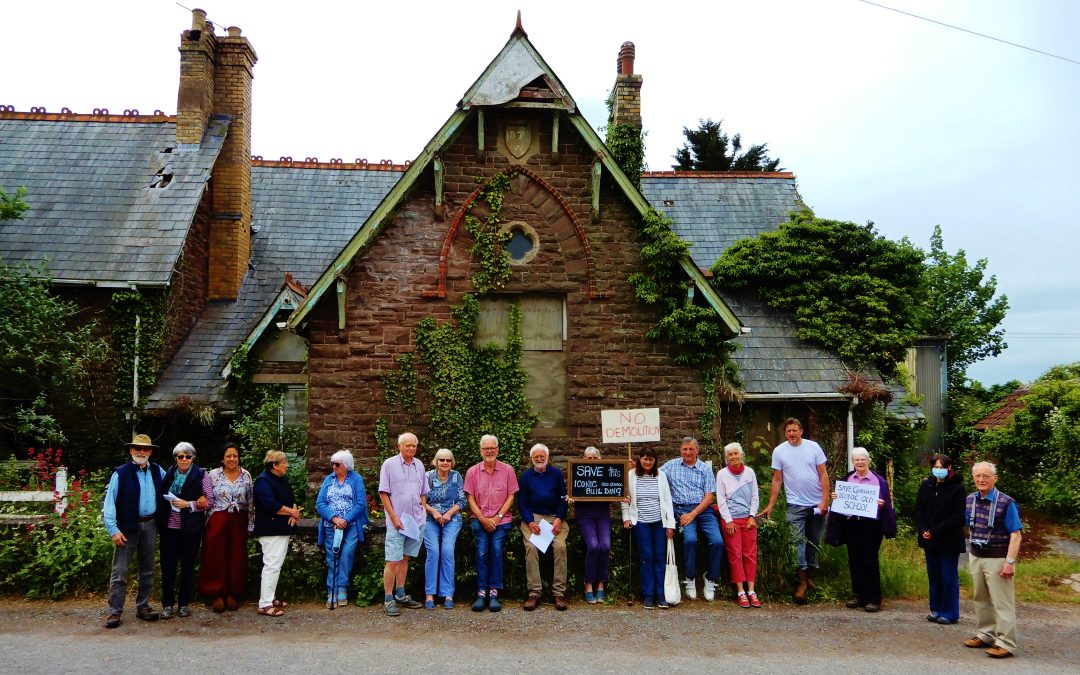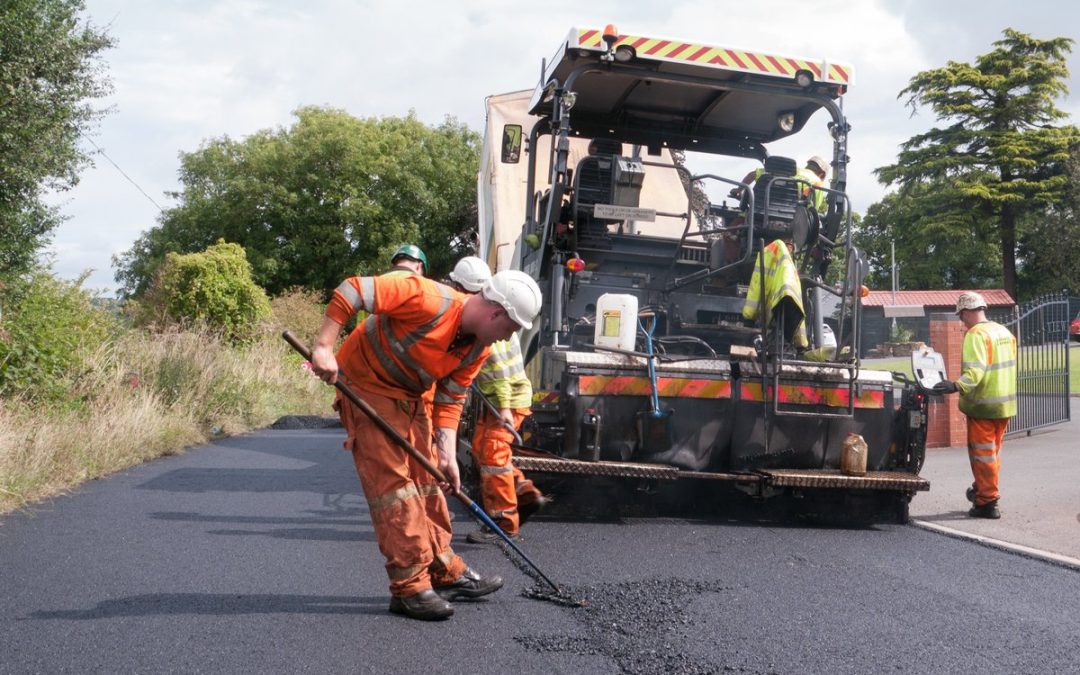Garway residents trying to save their Old School have spoken of their gratitude to the conservation charity, SAVE Britain’s Heritage, which is legally challenging Herefordshire Council.
A judicial review of the granting of permitted development rights to demolish the former Victorian school by Herefordshire Council has been accepted in court.
Local campaigner Malcolm Howard has written to residents telling them:
‘Herefordshire Council have been served a Judicial Summons regarding this case and have chosen to defend their decision to allow the demolition of the Old School.’
Mr Howard said, that Garway residents had hoped Herefordshire Council would reconsider their decision when they were summonsed, but it is clear that they are not prepared to.
‘Despite pressure that have been put on Herefordshire Council, after being served a judicial summons, the council has chosen to defend its decision, appointed a barrister to represent them, thereby committing themselves, using taxpayers money, to any, or all of the resulting costs. These costs will be capped at £10,000.’
‘If you can support SAVE’s work, please donate directly to them at www.savebritainsheritage.org/, or become a friend/member. Please make it clear that any donations are to support work on stopping the demolition of the Old School in Garway,’ said Mr Howard.
Ben Oakley from SAVE has confirmed that the judicial review and court case will proceed.
Mr Oakley said: ‘Normally in a judicial review the court looks at the evidence and sends out its decision. In this case it has decided that a full court appearance is necessary. This is very unusual and both sides need to appoint a barrister to present their case in November.’
Herefordshire councillor Toni Fagan said; ‘I am very grateful to SAVE for challenging this decision. It can’t be right that permitted development allows fabulous buildings like the Old School to be demolished when we should be protecting our heritage and minimizing the impact of development on the environment – not squandering embodied carbon. I have asked the council for an explanation as to why they are incurring costs to defend this decision and am still waiting for an answer.’
History
Prior to 1870, the local vicar educated the local children of Garway in the Chapel of St Michael’s Church. Following the Education Act of 1870, the Skenfrith School Board was established in 1874 and it was decided that a board school should be built in the village with a teachers residence provided nearby.
The architect appointed was E. H. Linger Barker, who was Herefordshire born and had experience of designing schools in London. He also designed schools in Grosmont, New Inn (Cross Ash) and Norton, all across the Welsh border, for the Skenfrith School Board.
His design for Garway’s new school consisted of a large schoolroom with tall windows, a smaller schoolroom, and an adjoining headmaster’s residence. There were two entrance lobbies, possibly to provide separate entrances for boys and girls. The building was multi-gabled and constructed of coursed rubble ashlar with a slate roof and crested roof tiles. The main schoolhouse displays external decoration which distinguishes it from the rest of the building such as a shield with the date 1877, Gothic brick hoodmoulds and recessed glazed quatrefoils.



